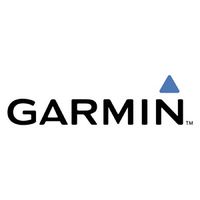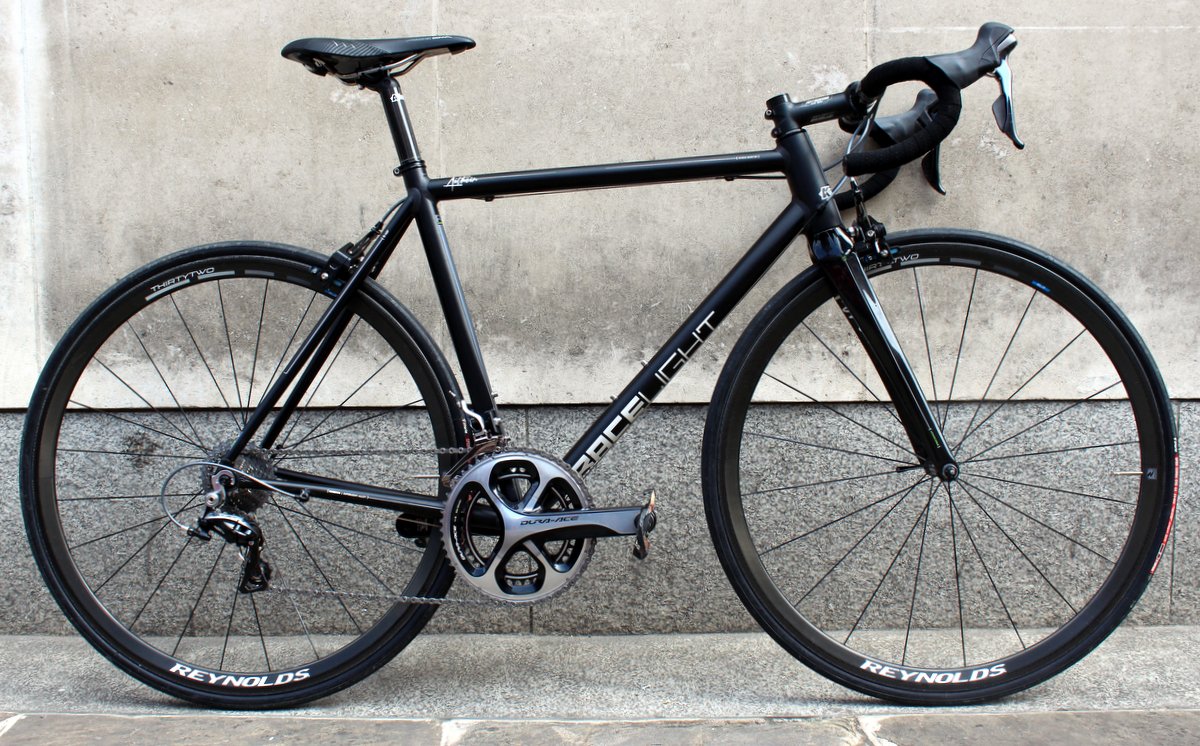Game changer?
At the heart of Garmin’s proposition for the Vector is the greater ease-of-use implicit in a pedal-based power meter, compared to a hub or crank-mounted system, and the integrity of the humble watt as a measure of performance.
The force applied to the pedal is unaffected by environmental conditions ranging from wind to road surface, unlike speed. Heart rate, the standard measure of performance for most cyclists outside of the professional ranks, captures the body’s response to effort, Garmin say, rather than the effort itself.
Cadence, another popular tool, is, they say, only a measure of how fast you are pedaling, and, as such, only half the picture. Add force to cadence and you have power. Increasing force at the same cadence, or conversely, increasing cadence at the same force, will result in increased power.

With cadence such an integral part of Garmin’s power measurement, it comes as little surprise that the Vector transmits a separate cadence reading to the Edge header unit via an accelerometer in the pedal pod (the sensor zip-tied to our crank in some of the pictures is from that of our Garmin 500 – the Vector requires no external sensors).
So why, given the claimed advantages for power as a unit of performance, does heart rate remain the dominant measure among cyclists? Garmin argue that crank or hub-based power meters are difficult to own, requiring input from the manufacturer, major decisions on equipment (building separate wheels or changing the drivetrain), and are difficult to move between bikes, thereby incurring additional expense.
On this last point, it should be noted that at £1,350, the Vector is far from cheap. The minimal market penetration of LOOK’s power pedal system, one designed with Polar, and priced at £1,500, should perhaps be taken by Garmin as a warning that cost remains as significant a part of the equation as convenience.
The comparative success of the Vector may depend also on the ‘Garmin factor’. The American company has sold 700,000 Edge units in Europe since 2009, 20 per cent of which are likely to have been bought in the UK, and the company’s interaction with Edge users, through Garmin Connect, creates an ongoing relationship. Garmin has built a Vector owner’s website for registration, instruction, and crucially, firmware downloads for compatible devices. Vector is fully compatible with Connect.






